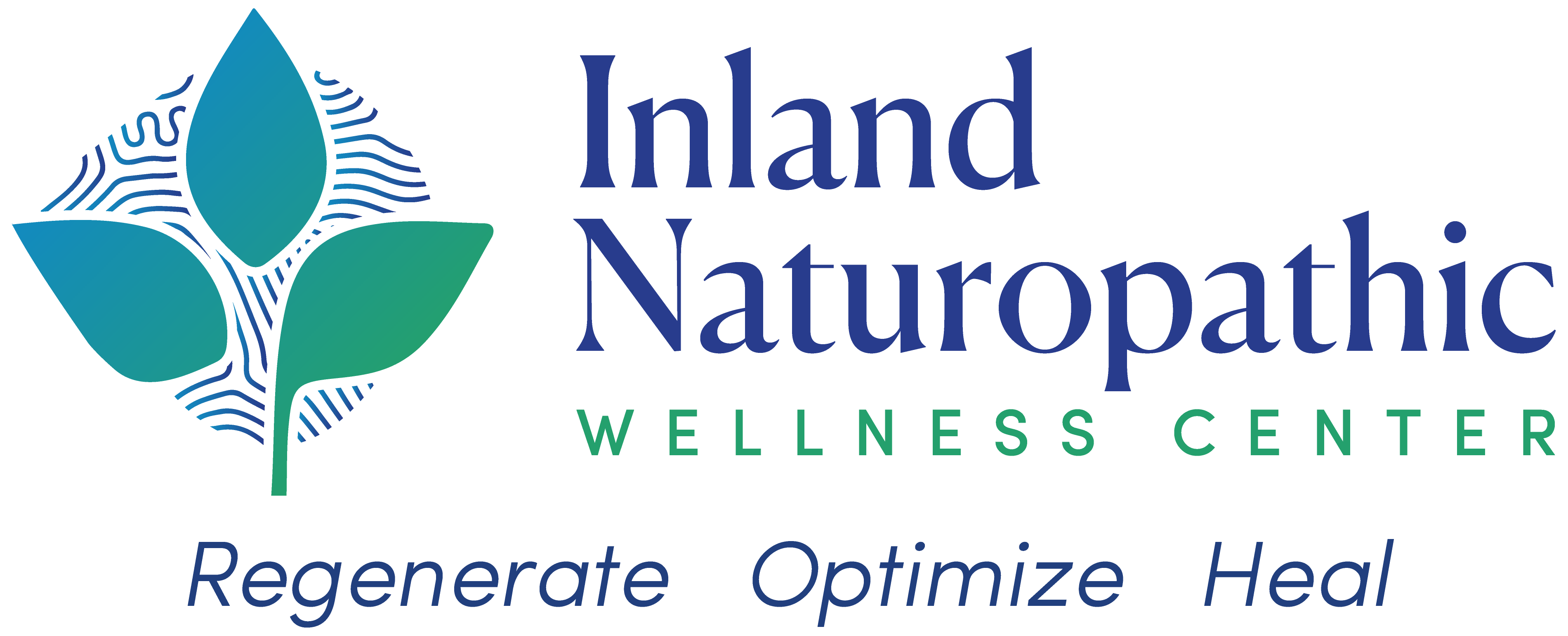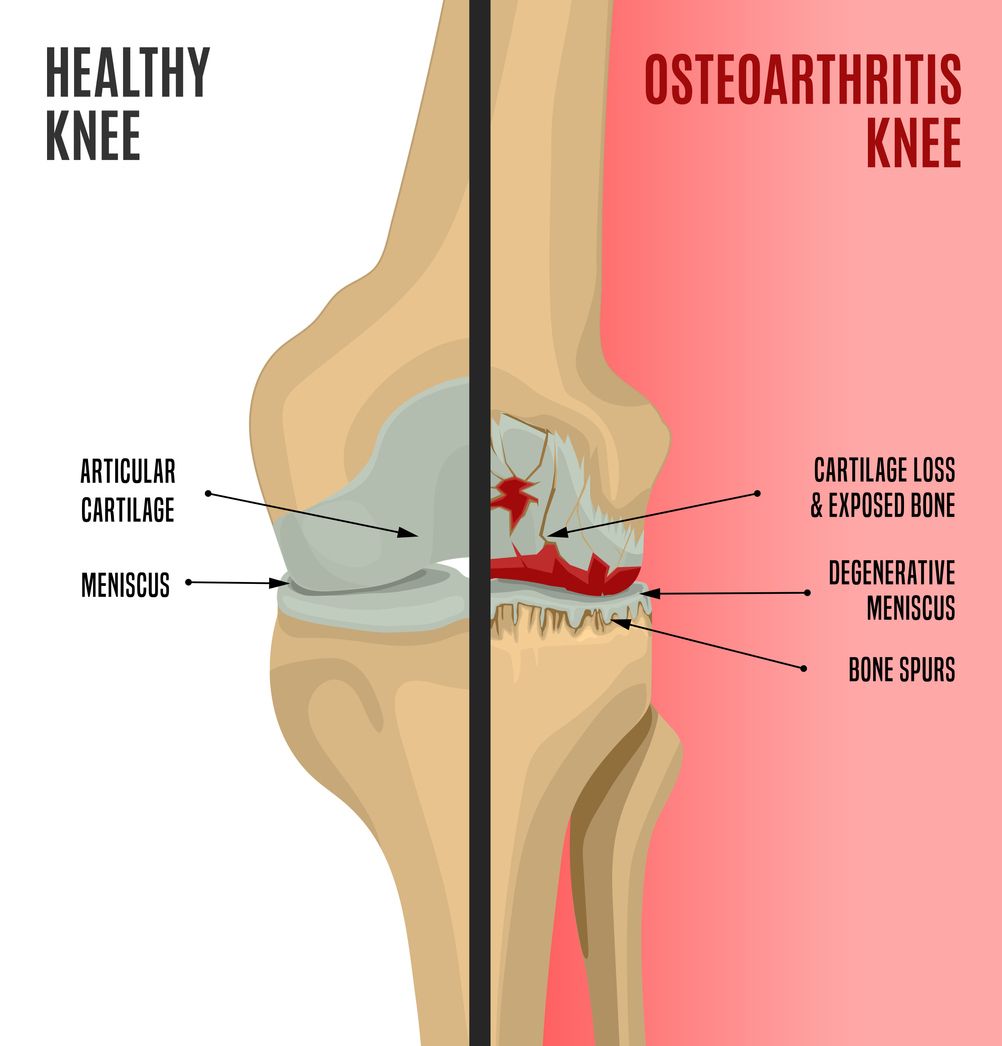Regenerative Strategies to Prevent and Treat Osteoarthritis (Part 1 of 2)
By Dr. Ayo Bankole
Osteoarthritis (OA) is a painful degenerative and inflammatory condition of mostly, but not exclusive to large, weight bearing joints, namely the hips and knees. OA progression is highly associated with a reduced quality of life. It is also the most common cause of disability in the United States, effecting 30 million people (about the population of Texas) and resulting in one million knee and hip replacements annually. To date, there is no cure per se for osteoarthritis. First line pharmacotherapy with Acetaminophen and Ibuprofen or other non-steroidal, or steroidal anti-inflammatories have not shown to stabilize or reverse the on-going cartilage deterioration characteristic of osteoarthritis; often leading patients down a road devoid of treatment options other than steroid injections and finally total joint replacement. Since this crippling and slowly progressive disease lacks a known cure, the best hope for improved outcome should include efforts aimed at prevention. Therapy should start early on and should involve lifestyle methods, based on a regenerative paradigm. A regenerative paradigm entails therapies with the potential to restore, repair and regenerate function and structure to cells and tissue. Although regenerative injection therapy, otherwise known as prolotherapy fits squarely into this regenerative paradigm, in the absence of injury, the approach described in this article could lessen the need for OA requiring prolotherapy. Here, in part one I describe the benefits and evidence supporting glycosaminoglycans and fruit polyphenols in the prevention and treatment of osteoarthritis. Next, in part two I discuss the role of a Mediterranean diet and maintenance of a healthy body weight in preventing and treating osteoarthritis.
Glycosaminoglycans
Glycosaminoglycans (GAGs) are molecular compounds that are the major structural components of connective tissue. They include but are not limited to hyaluronan, chondroitin and glucosamine. Unlike in America, Glucosamine is recommended as first line therapy for arthritis in Europe by the European Society for Clinical and Economic Aspects of Osteoporosis and Osteoarthritis, due to its’ ability to control pain, improve function, and delay structural changes of the joints (2). Both, glucosamine and chondroitin exert arthritis modifying benefits that include increasing the production of cartilage forming cells, type II collagen, and proteoglycan (the major protein GAGs subunits that make up our cartilage and stabilize the extra cellular matrix [ECM]), reduce death of connective tissue cells and to reduce inflammatory mediators that hasten joint pain and deterioration. ECM contains GAGs and other components that provide connective tissue structure and support to withstand compressive forces. Glucosamine and chondroitin can slow cartilage deterioration enough to clinically improve joint function and decrease joint pain. Chondroitin has been shown to improve stiffness of arthritis joints also. According to Henrotin et al, these substances demonstrate a “small but significant reduction in the rate of joint space narrowing” (3). Glucosamine typically requires a minimum of four to six weeks for effect. Although not all studies have yielded positive results, individuals should consider GAGs because of their high safety profile and low rate of side effects.
Fruit Polyphenols
Polyphenols and other nutritionally related compounds are shown to enhance joint function by virtue of their anti-inflammatory and antioxidant properties. Polyphenols include a variety of compounds such as genistein found in soybeans, hydroxytyrosol from olives and epigallocatechin gallate found in green tea. Others include flavonoids (the most studied type of polyphenol), flavanols and anthocyanidins, all subclasses of polyphenols from fruit and berries. According to both animal models and human studies, these fruit and berry derived compounds are shown to reduce arthritis symptoms. Pomegranates especially, but also bilberries, blueberries, and black raspberries, due to their high antioxidant rich polyphenol content are credited with anti-inflammatory properties. These molecules are known to decrease the expression of matrix metalloproteinases (MMPs), a group of enzymes responsible for cartilage degradation and associated with the progression of OA. Along with suppressing MMPs, they are also known to decrease levels of inflammatory signals and prostaglandins in joint fluid and plasma in animals. Human studies using fruit polyphenols in arthritis confirm these findings (4). In a study involving individuals with knee OA, consumption of pomegranate juice (200ml/day) for six weeks improved stiffness and physical function scores, and decreased serum MMP levels. Similarly, a strawberry beverage providing approximately 1500 mg total polyphenols and 66mg anthocyanins per day gave significant decreases in inflammatory markers like interleukin-6, interleukin-1-β, MMP and decreases in knee pain scores (5).
In part two I discuss the role of a Mediterranean diet and maintenance of a healthy body weight in preventing and treating osteoarthritis; along with summarizing the regenerative paradigm to potentially restore, repair and regenerate function and structure to cells and tissue of joints.
Dr. Ayo Bankole is a state licensed doctor providing Regenerative Medicine for over a decade. He has advanced training in the technique and is a member of the American Osteopathic Association of Prolotherapy Regenerative Medicine, www.prolotherapycollege.org, and American College for Advancement in Medicine, www.acam.org and the California Association of Naturopathic Doctors, www.calnd.org.
To learn if Prolotherapy is right for you and more about our comprehensive strategies for your health, schedule your free 15-minute Discovery Call or by calling 909-981-9200.
Part 1 References:
1. Castrogiovanni P, Trovato FM, Loreto C. Nutraceutical Supplements in the Management and Prevention of Osteoarthritis.Int J Mol Sci. 2016 Dec 6;17(12). pii: E2042.
2. Eugene J. Kucharz EJ Volodymyr Kovalenko,Sándor Szántó. A review of glucosamine for knee osteoarthritis: why patented crystalline glucosamine sulfate should be differentiated from other glucosamines to maximize clinical outcomes 2016 Feb, pp 997-1004

